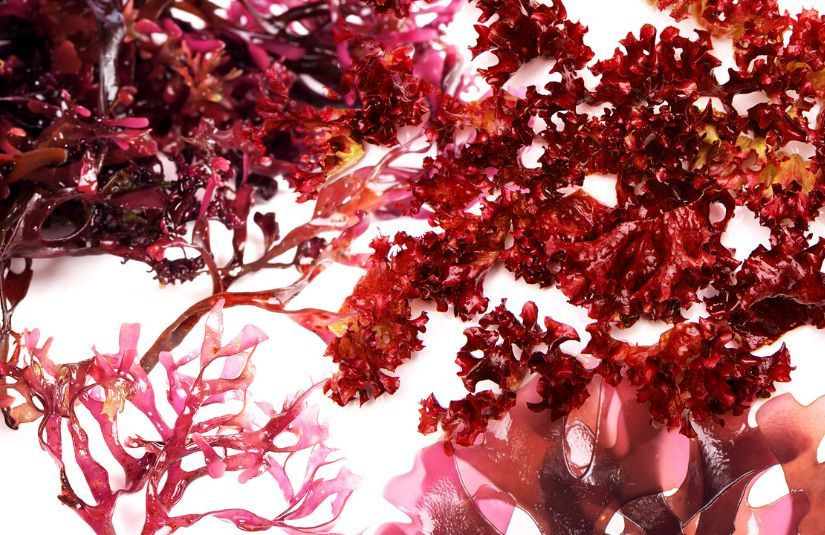A Quick Read on What to Make With a Food Dehydrator
With a little imagination, you can use your food dehydrator to make all sorts of delicious meals! From beef jerky and fruit leathers to veggie chips and banana bread, there are endless possibilities when it comes to what you can create. Check out more about them.
Dehydrators are becoming more and more popular because they allow you to have healthy snacks without having to worry about them spoiling. However, if you've never used one before, the process can seem a bit daunting.
Here are some tips on how to use a food dehydrator for camping. And some easy items that will get you going.
Some Basics
Though we mentioned this in our article on how to use a dehydrator, for a quick reference, let's take a recap!
Choose the Right Dehydrator
When you're choosing a dehydrator for camping, portability and durability are important factors to consider. You'll also want to make sure that it has enough trays to accommodate the amount of food you want to dehydrate. Some dehydrators come with special features, such as an automatic shut-off, which can be useful when you're camping.
Prepare Your Food
The first step in using your dehydrator is to prepare your food. You'll want to start by washing and drying your fruits and vegetables. Then, slice them into thin pieces so that they will dehydrate evenly. If you're dehydrating meat, you'll need to cook it first. Pre-cooking is also recommended for fish. Once your food is prepared, it's time to start dehydrating!
Dehydrate Your Food
Once your food is prepared, place it on the dehydrator trays and set the temperature according to the manufacturer's instructions. Make sure that there is plenty of space between the pieces of fruit or vegetables so that air can circulate properly. Depending on the type of food and the thickness of the slices, dehydration can take anywhere from four hours to overnight.
Once your food is fully dried, remove it from the dehydrator and store it in an airtight container. Dried foods will keep for several months if stored properly. When you're ready to eat them, rehydrate by soaking them in water for a few minutes or cooking them in liquid until soft.
7 Surprising Foods You Can Make in a Dehydrator
With a little creativity, you can dehydrate all sorts of foods that will make your taste buds sing. Here are seven surprising foods you can make in a dehydrator.
1. Beef Jerky
Dehydrated beef jerky is the perfect on-the-go snack. It's high in protein and low in fat, so it will give you the energy you need to power through your hike. Plus, it's so much tastier than the store-bought kind! To make your own beef jerky, slice your beef into thin strips and marinate overnight. Then, lay the strips on the dehydrator racks and set the temperature to 145 degrees Fahrenheit. Dry for four to six hours, or until the meat is dry but still pliable.
2. Fruit Leather
Fruit leather is a delicious and healthy treat that's perfect for kids (and adults!) alike. To make it, simply puree your favorite fruits in a blender or food processor and spread the mixture onto dehydrator sheets. Set the temperature to 135 degrees Fahrenheit and dry for six to eight hours. Once it's done, cut the fruit leather into strips and enjoy!
3. Vegetable Chips
Dehydrated vegetable chips are a great way to get your kids to eat their veggies! Simply slice your veggies thinly (a mandoline slicer comes in handy for this) and lay them on the dehydrator racks. Set the temperature to 115 degrees Fahrenheit and dry for four to six hours, or until crisp. Once they're done, enjoy them as is or with your favorite dipping sauce. Yum!
4. Herb Crackers
Homemade herb crackers are so much tastier than store-bought ones—and they're really easy to make! Mix flour, water, and oil together in a bowl. Then add in whatever herbs and spices you like (we love dried basil and garlic powder). Roll out the dough thinly on a floured surface and use a knife or pizza cutter to cut it into cracker-sized pieces. Lay them on the dehydrator racks and set the temperature to 115 degrees Fahrenheit. Dry for four to six hours, or until crisp. Enjoy!
5. Banana Bread
Craving something sweet? You can totally make banana bread in your dehydrator! Mix up a batch of your favorite banana bread recipe (or use this one) and pour it into an 8x8-inch baking dish lined with parchment paper. Bake at 200 degrees Fahrenheit for six to eight hours, or until a toothpick inserted into the center comes out clean. Let cool completely before slicing and serving—if you can wait that long! 😀
And also check out some easy tips to get the best out of your dehydrator:
Final Words
With a little imagination, you can use your food dehydrator to make all sorts of delicious meals! Whether some lightweight snacks for your hiking trips or something for long-term storage, a food dehydrator can have multiple uses. So dust off that old appliance and get cooking!
And if you need some more info on food dehydrators and want to check out the best that you can buy, tap the button below and check out our article on Food dehydration and the best dehydrators that you can buy. We have selected only the best for you and we promise that you won't be disappointed

Also, check out some of our other quick reads:





